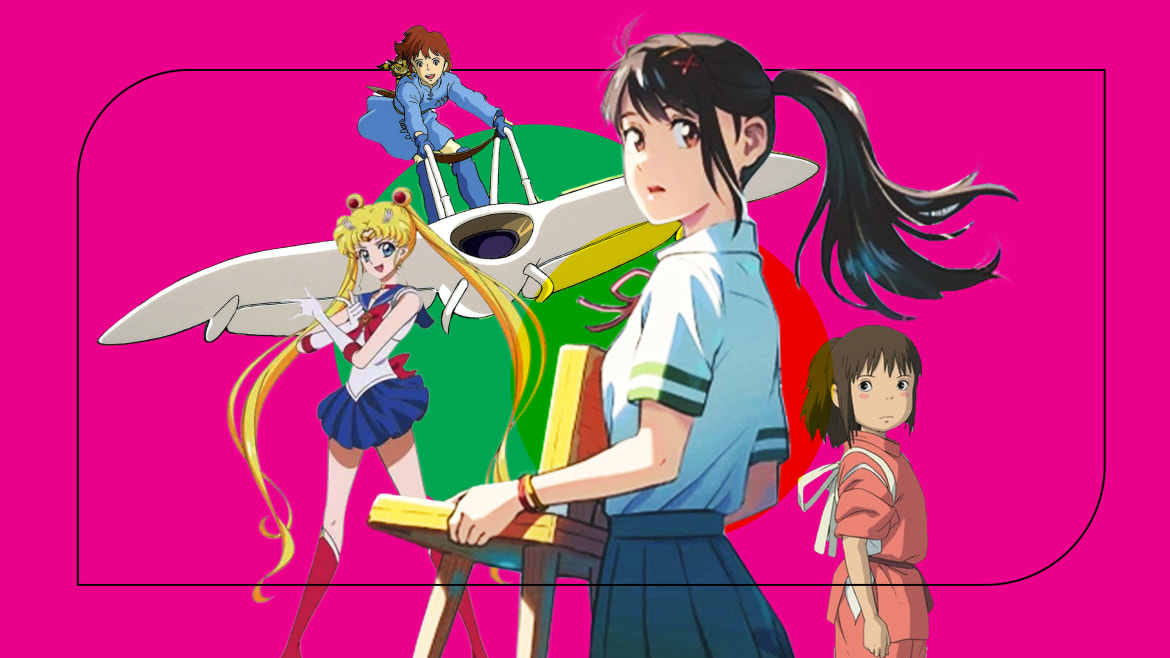Photo Illustration by Luis G. Rendon/The Daily Beast/Berlin Film Festival/Studio Ghibli/Toei Animation Co.
Japanese animation is, in many ways, a boys’ club. That’s true not just of the people that create these shows and films, many of whom are men. The audience that many of the most internationally successful anime caters to also reportedly skews male—and so do their characters.
Kids around the world have been weaned on the teats of Ash and Pikachu through Pokémon, then grew up to watch misogyny subtly spiral out of control in shows like Btooom! and Katekyo Hitman Reborn! Mainstream TV anime, in particular, is often developed for teenage boys. The shonen subgenre, dedicated to supposedly boy-centric stories, is responsible for spawning international hits like My Hero Academia, Dragon Ball Z, and Attack on Titan. And even when those popular series do co-star women, they’re often given much less to do than their male counterparts—or objectified by everyone around them.
Basically, being a rarely featured woman in anime is rarely a fun time—and there’s only so much heavy lifting series like Sailor Moon and Violet Evergarden, or recent female-fronted films like Belle and Miss Hokusai, can do on their own. Even in these instances, the women-oriented shōjo subgenre of anime is like shonen’s little sister, who’s been left to fend for herself at her big brother’s frat party. Though the representation is there, it’s brushed under the animated carpet or separated completely. We all know that the best female heroes are just like the male ones—present, relatable, and aspirational.

